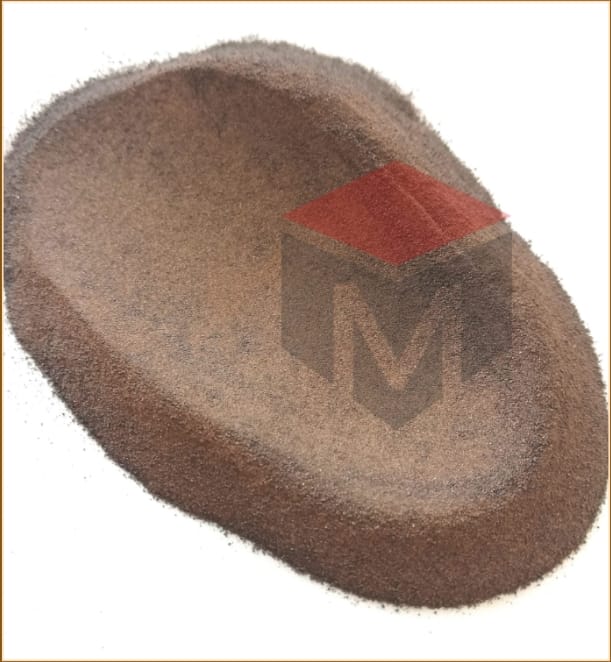What is Production Methods Copper Powder?

Copper powder is a versatile and widely used material with a multitude of applications across various industries. This finely divided form of copper is a result of mechanical processes that break down solid copper into tiny particles. Copper powder’s unique properties make it a valuable resource for industries ranging from electronics to manufacturing. In this article, we will delve into the characteristics, production methods, and diverse applications of copper powder.
Characteristics of Copper Powder
Copper powder exhibits several key characteristics that contribute to its widespread use:
Particle Size and Shape
Copper powder particles vary in size, typically ranging from nanometers to micrometers. The particle shape can vary as well, with some powders featuring irregular shapes, while others are more spherical. The specific size and shape of copper powder can be tailored to suit the requirements of different applications.
High Purity
High-quality copper powder is typically very pure, with minimal impurities. This purity is crucial for applications where copper’s electrical and thermal conductivity properties are paramount, such as in the electronics industry.
Conductivity
Copper is renowned for its excellent electrical and thermal conductivity. When converted into powder form, these properties remain intact, making copper powder a preferred choice for conducting electricity and dissipating heat.
Ductility and Malleability
Copper is a highly ductile and malleable material, and these properties extend to its powdered form. This allows for easy shaping and forming of copper powder into various products and components.
Corrosion Resistance
Copper has a natural resistance to corrosion, which makes it a durable material for many applications, even in harsh environments.
Production Methods
The production of copper powder involves several methods, each tailored to achieve specific particle size and shape characteristics. Some common production methods include:
Atomization
Atomization involves melting copper and then using high-pressure gas or air to disperse it into fine droplets. These droplets solidify into powder particles as they cool. Atomization is known for producing spherical copper powder particles.
Reduction of Copper Compounds
In this method, copper compounds, such as copper oxide or copper sulfate, are reduced to produce copper powder. This process can yield a range of particle shapes and sizes.
Electrolysis
Electrolytic methods involve the deposition of copper on an electrode and later collecting the copper as powder. This method is often used for high-purity copper powder production.
Mechanical Grinding
Mechanical grinding involves crushing solid copper into powder using mechanical forces. The resulting particle size and shape depend on the grinding process.
Applications of Copper Powder
Copper powder finds applications in a multitude of industries due to its remarkable properties:
Electronics
Copper powder is widely used in the electronics industry for manufacturing printed circuit boards (PCBs) and electrical connectors. Its high electrical conductivity and ability to dissipate heat efficiently make it an ideal choice for these applications.
Powder Metallurgy
In powder metallurgy, copper powder is mixed with other powders and then sintered to create components like bushings, bearings, and electrical contacts.
Chemical Industry
Copper powder is utilized in chemical reactions and catalysis processes. Its high surface area and reactivity make it a valuable catalyst in various chemical reactions.
Additive Manufacturing
Copper powder is increasingly used in additive manufacturing or 3D printing to create intricate copper parts and prototypes.
Coatings and Surface Finishing
Copper powder can be applied as coatings to enhance the appearance and corrosion resistance of metal and non-metal surfaces.
Welding and Brazing
Copper powder is often used in welding and brazing processes to join metals together efficiently.
Conclusion
Copper powder is a versatile material with a wide range of applications, thanks to its exceptional electrical and thermal conductivity, corrosion resistance, and malleability. Its production methods can be tailored to meet specific requirements, resulting in a variety of particle sizes and shapes. As technology continues to advance, copper powder’s role in various industries is likely to expand, contributing to innovation and progress across the board.
